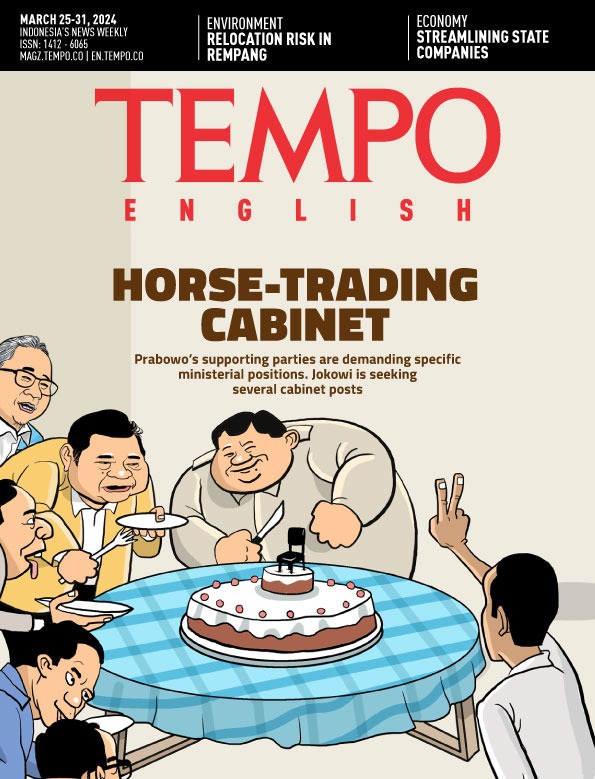Gorontalo: Gateway to North Sulawesi
Tuesday, April 25, 2017
arsip tempo : 171354729813.

Most travelers who visit North Sulawesi usually fly out without visiting Gorontalo, even though it is connected to the rest of the elongated horizontally-shaped northern Minahasan peninsula by road. No matter from which direction you arrive--from Ampana in the south or from Bunaken in the north--it is a welcome place to recover from the punishing overland journey.
Located on the province's south-central coast, Gorontalo city is the second largest
...
Subscribe to continue reading.
We craft news with stories.
 For the benefits of subscribing to Digital Tempo, See More
For the benefits of subscribing to Digital Tempo, See More









